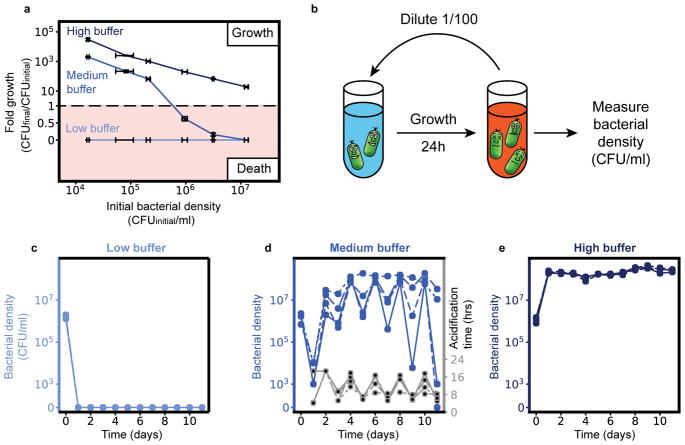Fig. 2. Ecological suicide can cause oscillations in the population size over time.
(a) At low buffer concentration (10mM phosphate) the bacteria commit ecologic suicide and at high buffer concentration (100mM phosphate) the bacteria grow, in both cases independent of their initial density. However, in moderate buffer concentration (26mM phosphate) the bacteria die at high starting densities and grow at low starting densities. The fold growth at high buffer concentration decreases for increasing initial bacterial densities since the final bacterial density equals the carrying capacity and is thus constant. Mean (solid lines) and SEM (error bars) are shown for four replicates. (b) To explore long time growth dynamics the bacteria were grown in a daily dilution scheme with 24h of incubation in well mixed conditions followed by a 1/100x dilution into fresh media. (c and e). At low (10mM phosphate) and high (100mM phosphate) buffer conditions the bacteria either die on the first day or grow to saturation every day. (d) However, at medium buffer conditions we measure oscillatory dynamics of the bacterial density. This is accompanied by oscillations in the time the bacteria need to acidify the environment (acidification time, Supplementary Fig. 8). The exact type of oscillatory dynamics depends on the slope and shape of the curve in (a), as discussed in more detail in the supplement. The four blue lines in (c–e) (solid, dashed, dotted, dashed-dotted) show different replicates. The strong differences between the replicates highlight the sensitivity of these oscillations to experimental conditions and that they do likely not show a limit cycle oscillation.

